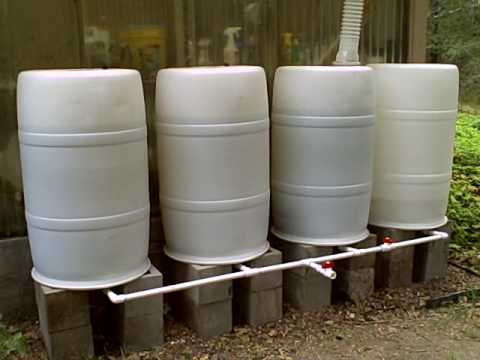
When SHTF you can’t rely on your backup water supply without having a way to replenish those reserves. This guide will go over emergency SHTF water sources and sustained water sources.
Emergency SHTF Water Sources
Emergency SHTF water sources are useful to urban dwellers who’ve bugged in, depleting their water reserves. The electricity is off, this means the pumps are no longer working and water’s nowhere to be found. Don’t sweat it; there are ways to get the water you need.
First things first, you need to get out of the city and make it to rural land where natural resources are more likely to come by. That’s assuming it’s not a flaming post-apocalyptic wasteland. When choosing to stay, due to preference or necessity, use the following emergency water sources:
Water Heater – If your house uses gas for heat, you undoubtedly have a water heater. Inside you will find a moderate reserve of water.
Canned Goods – Tuna, canned vegetables, beans and fruit all contain liquids that can be drained, weigh the risks.
Pipes – If you live in a multilevel home, you can drain the water in your pipes by using gravity to your advantage.
Toilet Water – In an emergency, boil the water from the upper tank (not the bowl) of your toilet. I would only use this water as a last resort and only if I was sure it was free of chemicals.
Rainwater – Use large pots and containers to catch and store rainwater.
Sustained SHTF Water Sources
A sustainable water source as a precursor to a two year water supply (while allowing for rotation of your stored water) is ideal when prepping for SHTF. America is an abundant country with abundant resources like water, and when SHTF you’re going to have to rely on your ability to tap this resource for an indefinite amount of time.
A local visit to the doctor won’t be easy when SHTF, making it important to properly test and filter your water for; protozoa, bacteria, viruses, radiation, chemicals and etc.
Rain Water / Morning Dew – For people in population center replacement drinking water will most likely have to be rain. Unless a large body of water is within safe traveling distance. While unpredictable, it could mean the difference between survival and death to urban preppers. Examples of rain water collection: large tarp or heavy duty plastic sheeting over a large flat roof to catch condensation, roof gutters and spouts (filtering required), ‘v’ shaped tarp angled toward 5 gal bucket. Note: In compromised atmospheres rain water does not require additional filtering or treatment.
Rainwater collection systems available on Amazon
Ground Water – Ground water is almost always contaminated. When you’re in back-country ground water is lake, pond, creek, stream, or river water. For urban dwellers it’s sidewalks during a heavy rain. If no other source of water is available, you may be forced to collect the only water you can find. Note: Water that is flowing swiftly is cleaner than water in stagnant pools.
Spring Water – Rain soaks into the earth and some of it makes its way down to the water table. The earth is an excellent water filter. If the water table is 100 feet or more beneath the surface, then the water there is usually safe without any treatment. Note: if purchasing/renting a home, inquire about wells on the property; When SHTF, be sure to keep your well adequately protected from outside contaminants.